Acid Trip: The Adams Probe 2001 took kit car style to the extreme
Forget gullwing doors. Avantime-style double hinges? Passé. And so what if doors slide down into the sills of the BMW Z1? because the Adams Probe 2001 can beat them all for theater.
Like the Probe 16 that preceded it—best known for its appearance in A Clockwork Orange, and as a Corgi toy—the Probe 2001 has a sliding canopy. This one slides electrically beneath a large spoiler/buttress combo, but while cool, that’s not the full story.
Because as John Brookes from the Marcos Owners Club explains, once the canopy is open, the seats electrically raise to greet you. Step in, and they electrically lower again into the ultra low-slung cockpit, after which you close the canopy again—and you’re ready to go.

Sadly, we don’t get to see this remarkable process in action. This car—painted in a dramatic Lamborghini Miura acid green, and contrasting nicely with the Probe 16 parked nearby—has only came out of restoration three days before the show, and the club is understandably precious about it. But frankly, even if you had to lift out the Lexan roof and scramble over the side windows to get in, the Probe 2001 would still be one of the stand-out cars of the U.K.’s NEC classic car show.
Following on from the success of the 1969 Probe 16, the Adams Brothers—both formerly designers at Marcos, hence the club’s interest—launched the Probe 2001 in 1970.
Like its predecessor (and most kit cars, for that matter) the car’s mechanicals were rudimentary. Much of the running gear and suspension is from the Hillman Imp, while the inauspicious engine—and this can’t help but be a slight disappointment given the styling—is a 1.8-liter B-series engine from the Austin 1800 “Landcrab.”
It’s lighter than the Landcrab at least, Brookes estimating somewhere between 700-800 kg (approx. 1540-1760 pounds), though performance was never really the focus here. If the Adams’ described the 16 as “an investigation into extremes of styling,” the 2001 isn’t so much an investigation as a deep and probing (no pun intended) interrogation.
Approach the 2001 and it’s difficult to know where to look at first. Dennis and Peter Adams must have had plenty of fun penning the thing, with no panel left uncreased and no detail overlooked—check out the rocket-style side indicators.
The interior, which sits you almost prone (at 37 inches tall, the 2001 is lower than the famously slinky Ford GT40), is no less dramatic, the stand-out feature being a steering wheel that isn’t so much dished as fluted. Do the purple seat inserts work with the Miura-green paintwork? Perhaps, but we don’t really care if they don’t; it looks as dramatic as any supercar.
The club is rightly proud of the result, though Brookes is realistic about its style-over-substance nature. When asked what it’s like to drive, he replies, “It drives like a wooden-chassis, fiberglass-bodied car built in the 1960s …”
Actually, some of that made it relatively easy to restore. “It was a complete, driving car, but some time in the 1980s what I believe happened is the seats came up and blew the roof off! So it was just put away, and gradually fell apart over the years.
“Somebody else tried to restore it but everything was in boxes and several parts had rusted through. But most of it was there—which really helped, as we’d have struggled to finish it otherwise.”
The wooden chassis had to be remade, and one of the most expensive parts of the build was getting that Lexan canopy remade, as it’s not the kind of part you can just ring up Auto Windscreens for. But mechanically, its use of various mainstream British components at least keeps that aspect affordable. “It’s certainly not a Ferrari!” says Brookes. “Brakes are thirty quid, for example. Probably the most expensive things were the roof, and the paintwork.”
The club is hoping to get both the Adams Probe 16 and Probe 2001 along to several more shows in the future, including the Goodwood Festival of Speed—the 16 apparently has a personal connection to Lord March, as one of the first cars he photographed when he took up the hobby.
So there should be plenty more chances to see them in action—and witness that amazing method of entry in action.
Check out the Hagerty Media homepage so you don’t miss a single story, or better yet, bookmark it.
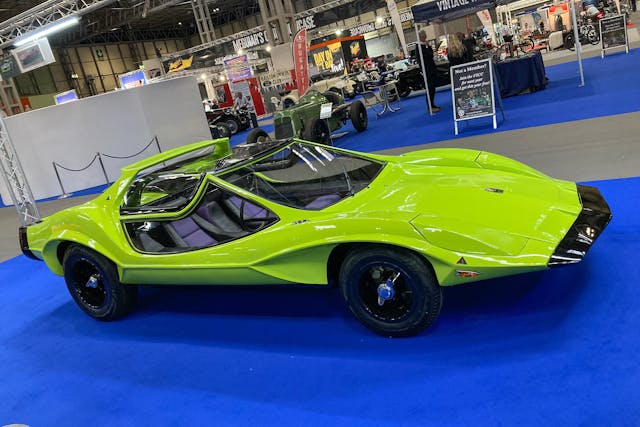

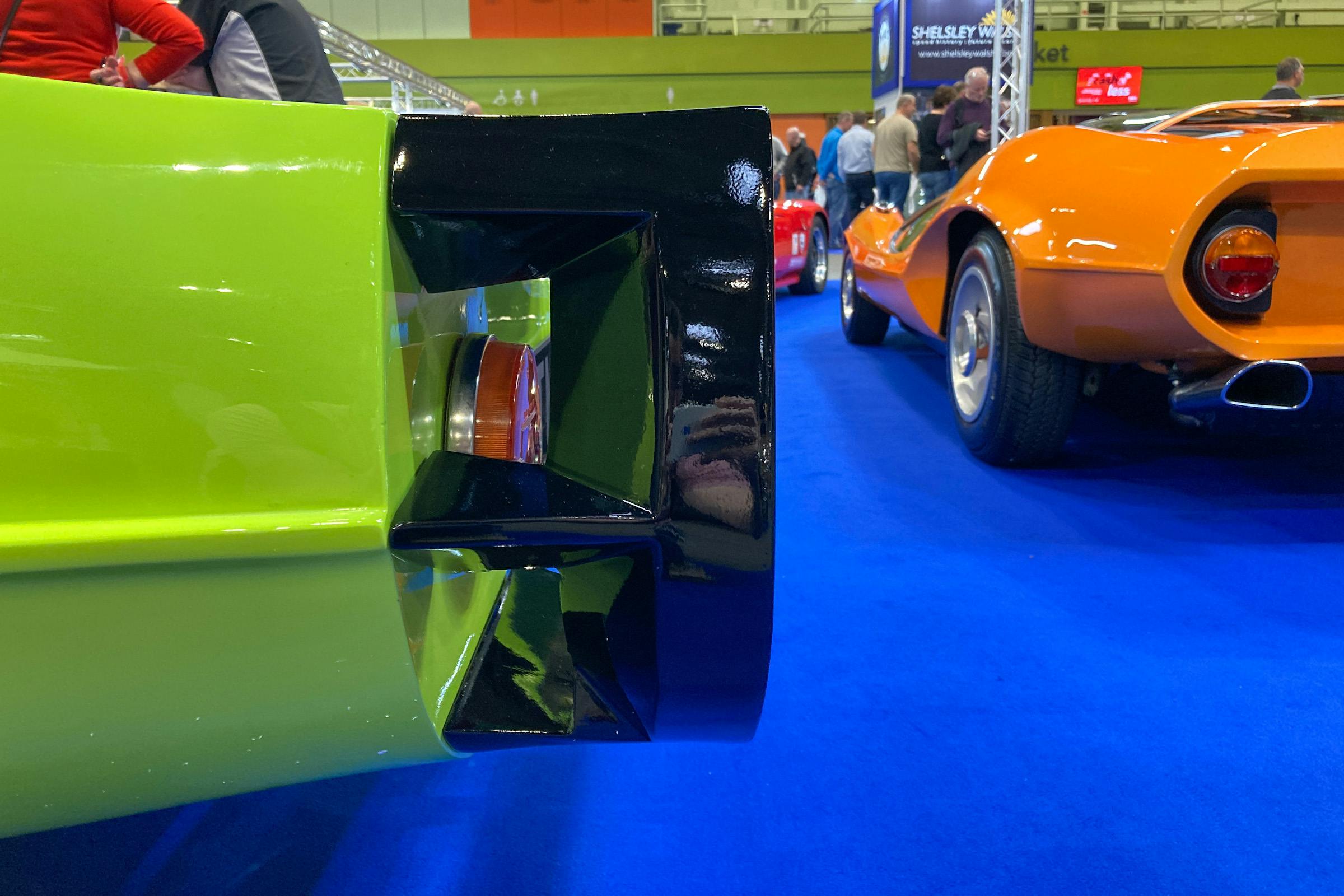

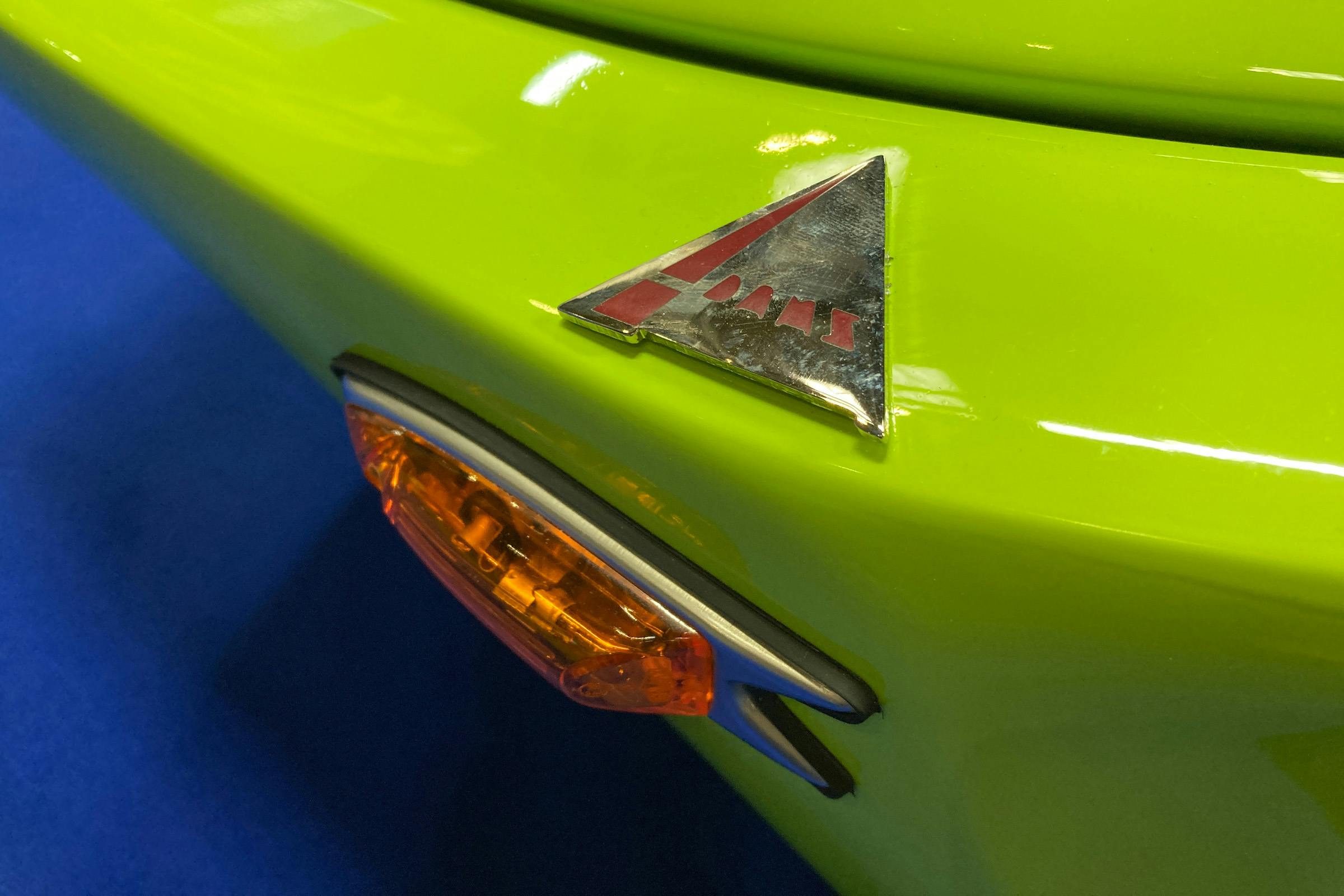
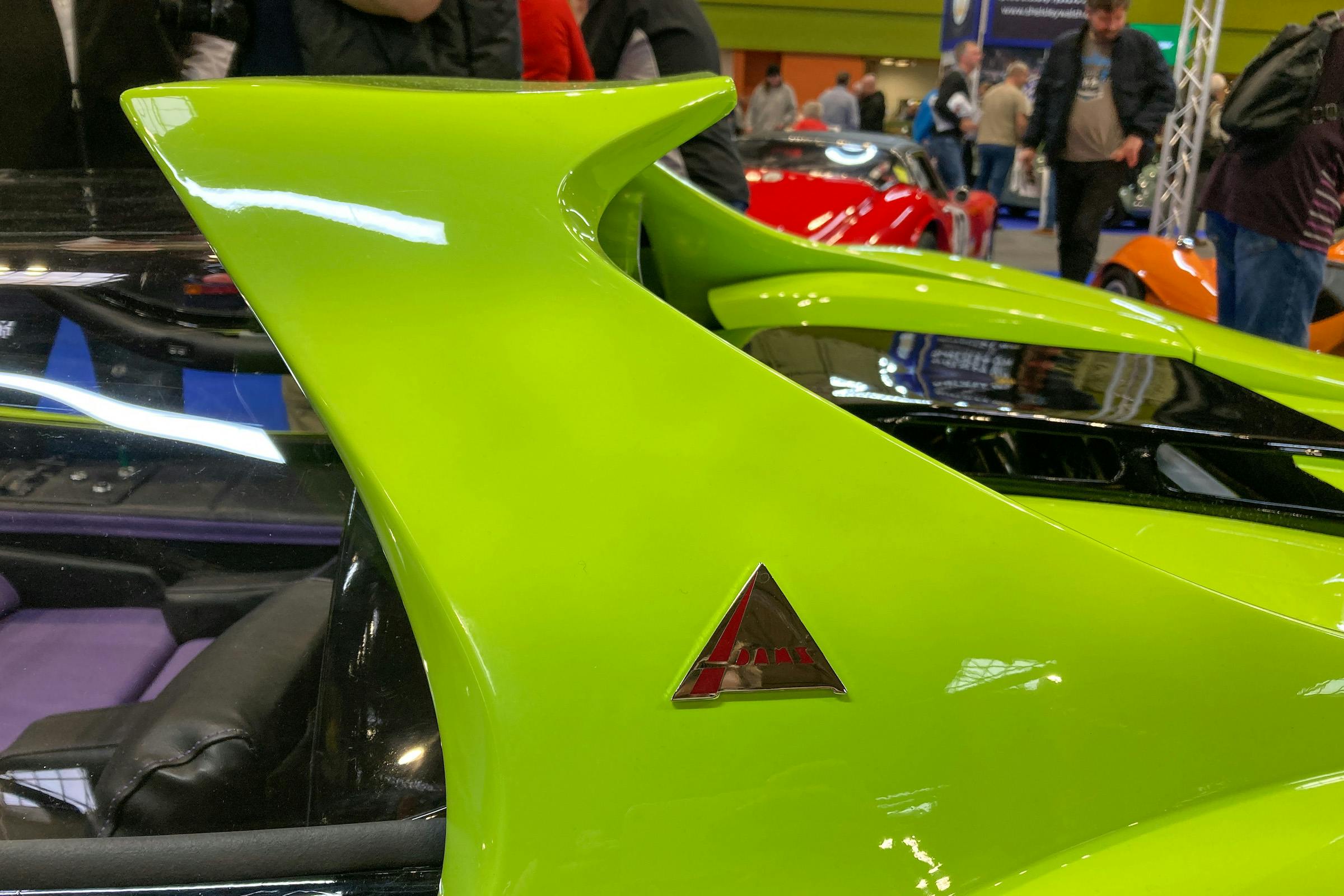

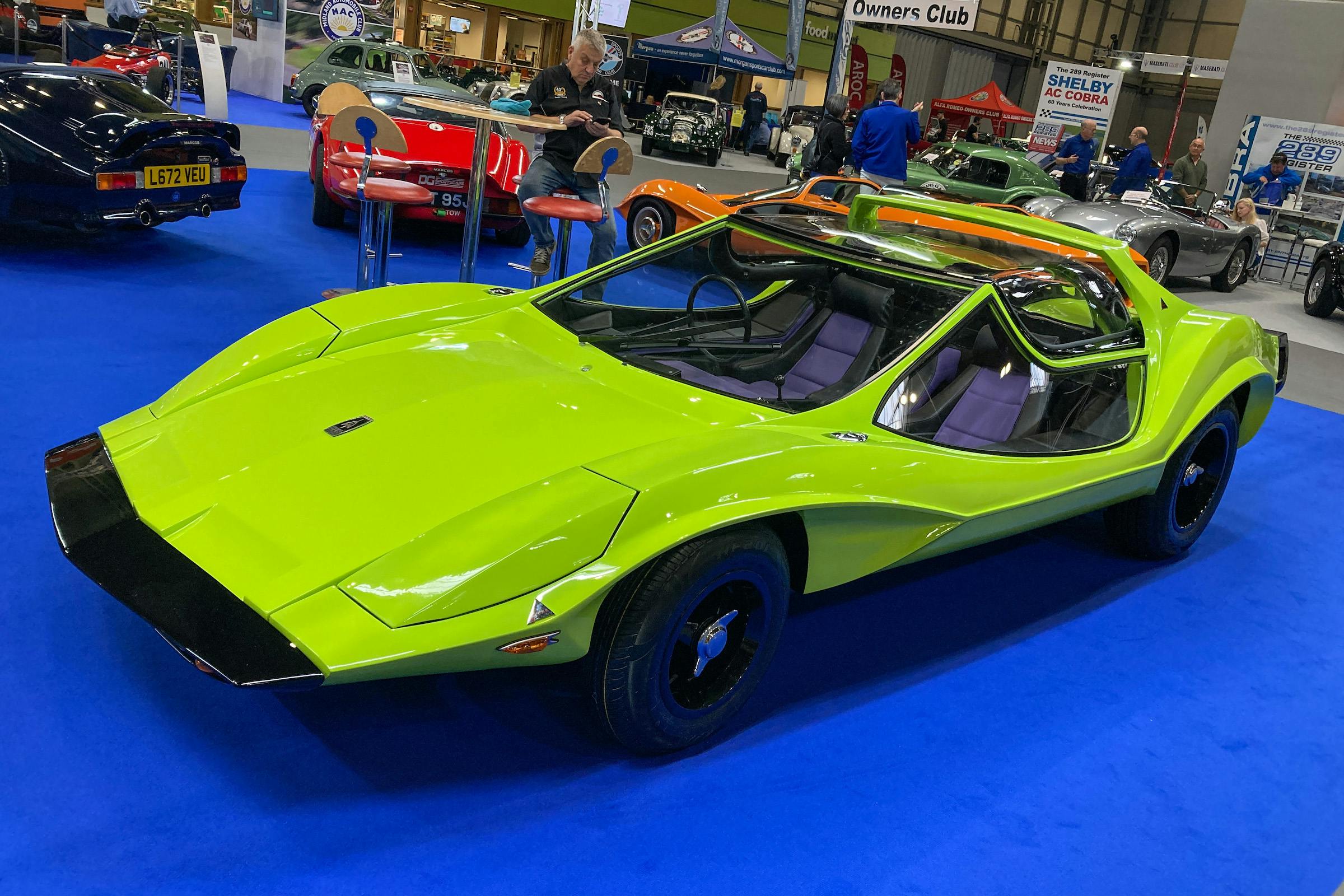
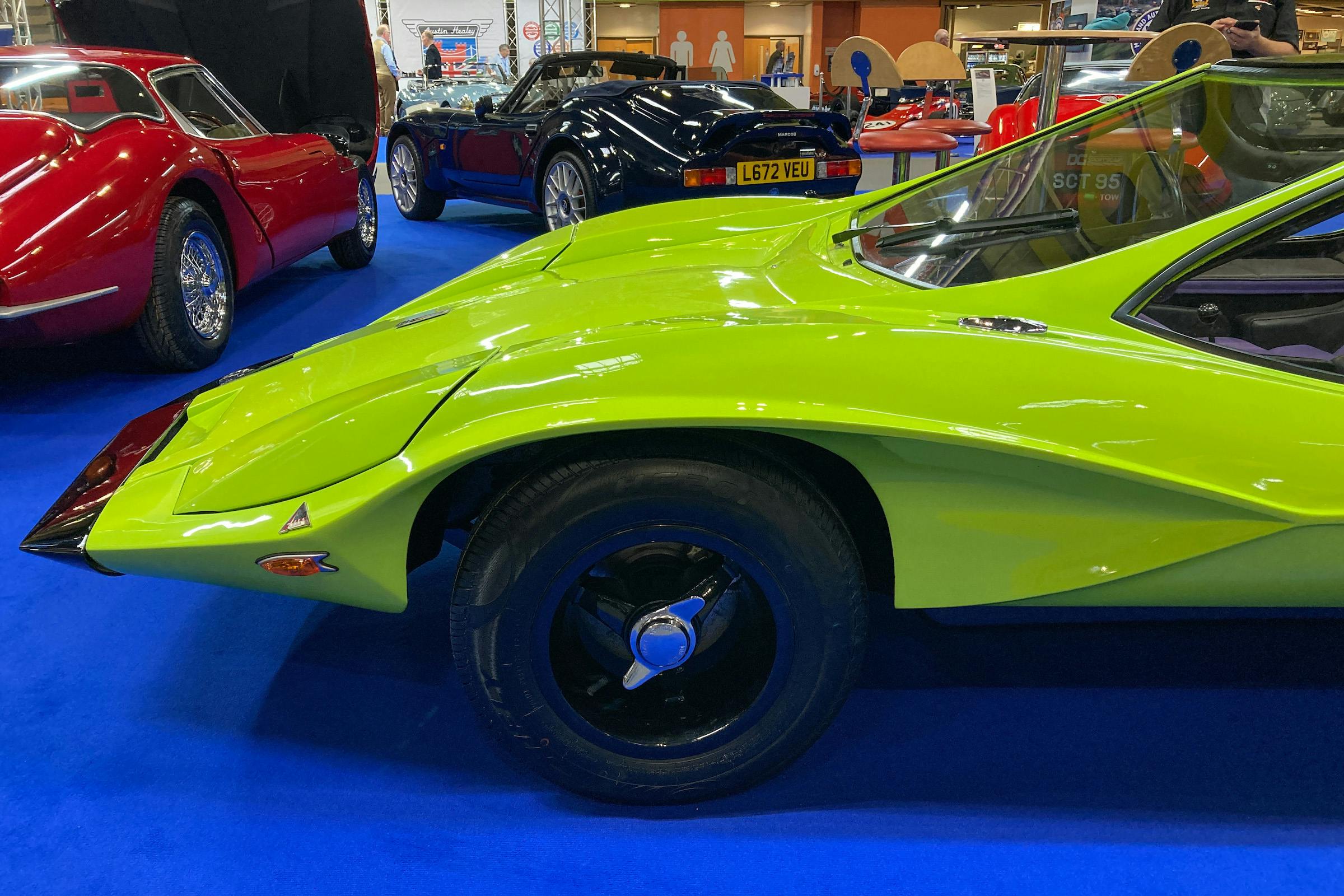


What a weird squished car. Not my kind of car. Maybe it looks better in person?
It reminds me a lot of the Flying Sub, from Voyage to the Bottom of the Sea from my youth. I like it!
Wayne Dempsey (former owner of Pelican Parts) has been documenting his Probe restoration project. http://forums.pelicanparts.com/off-topic-discussions/1074841-adams-probe-16-restoration-project.html
Yup, that’s me! We’re almost ready to have it on the road – hopefully within 2022! More details to be posted at that link.
Hey, I’m still trying to get in touch with John Brookes (mentioned in the article) to get some more photos of AB/4 (the other Probe 16!).
-Wayne
Oh hell no!
I have a Bradley GT kit I am working on “restoring”. It has a silver metal flake body but the finish is shot. Maybe I’ll paint it Acid Green.